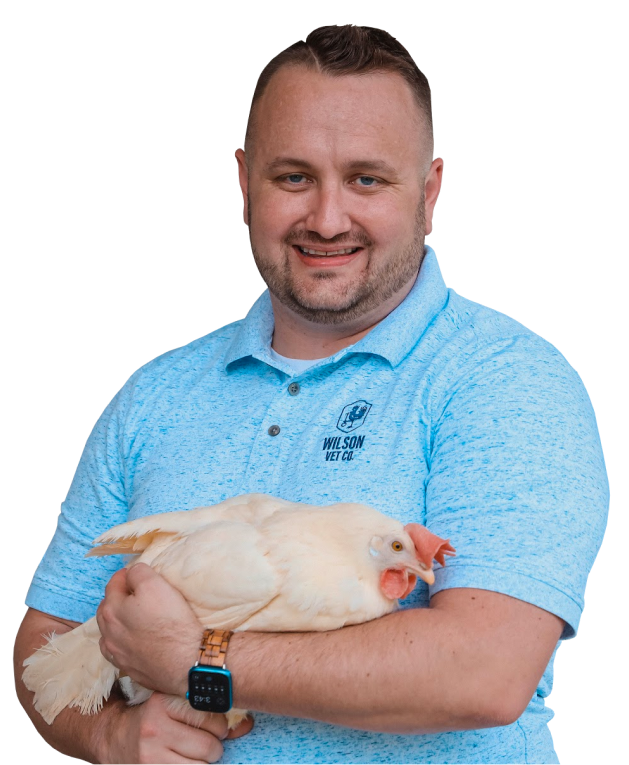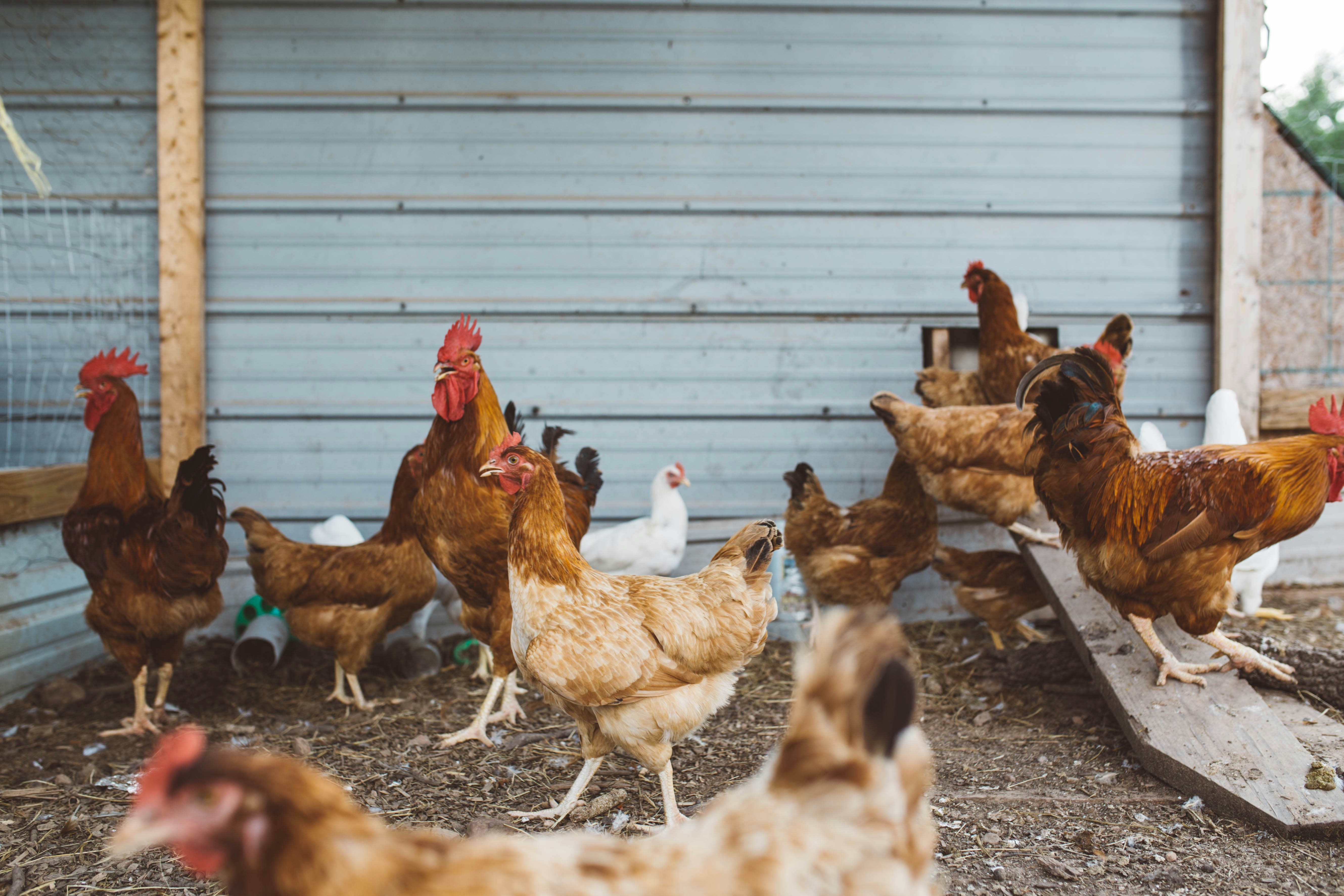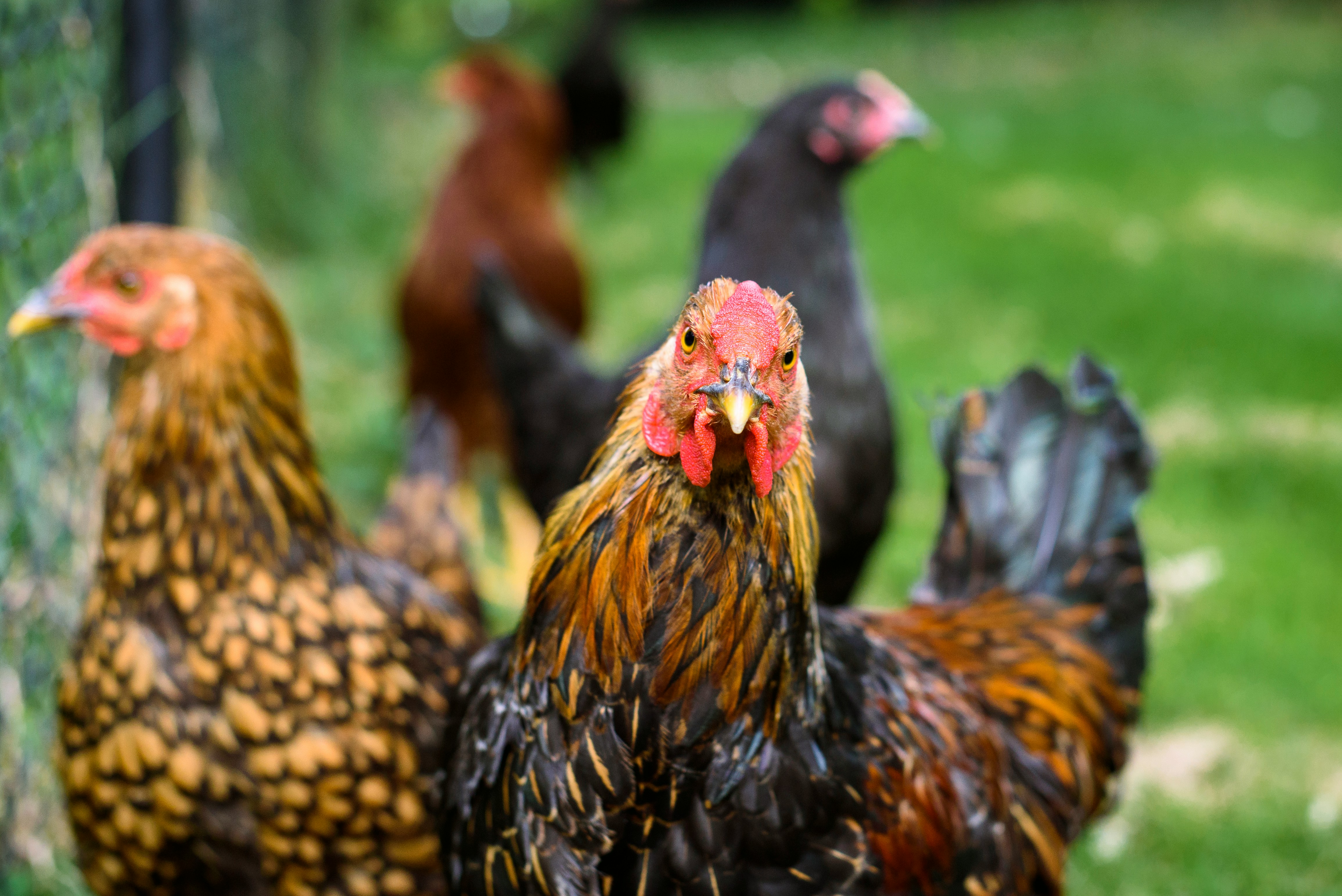Chicken Diseases / Biosecurity
[EXAMPLE] How to Spot Respiratory Illness in Chickens Early – And What You Can Do
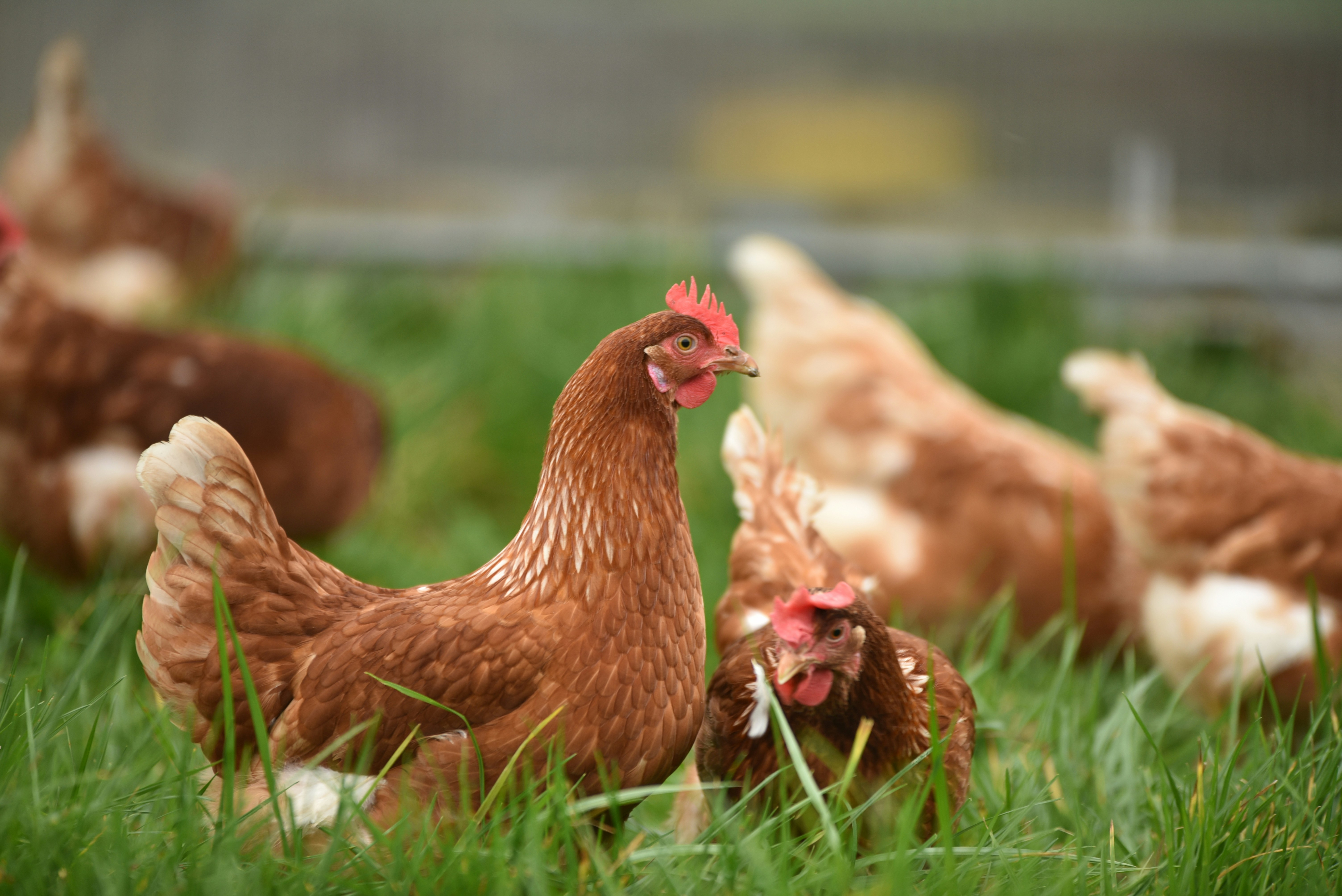
Why Multi-State Accreditation Matters
When you partner with Wilson Vet Co, you gainaccess to a licensed and accredited poultry veterinary consultant whounderstands not just poultry health—but the laws, standards, and challenges ineach state.
Veterinary compliance made easy
Seamlessaccess to chicken veterinarian services across regions
Apartner trusted by integrators, producers, and insurers
Common Respiratory Diseases in Chickens
Respiratory conditions in poultry can result from viral, bacterial, or environmental causes. Here are a few of the most common diseases seen in commercial operations:
- Infectious Bronchitis (IB): Caused by a coronavirus, IB spreads rapidly and affects the respiratory tract, kidneys, and reproductive system.
- Mycoplasma Gallisepticum (MG): This bacterial infection leads to chronic respiratory disease, especially in layer and breeder flocks.
- Infectious Laryngotracheitis (ILT): A highly contagious herpesvirus that causes severe respiratory distress and increased mortality.
Each of these diseases can impact feed conversion, egg production, growth rates, and mortality—all of which affect your bottom line.
Early Warning Signs to Watch For
Early intervention starts with observation. Train your team to watch for these key symptoms:
- Coughing or sneezing
- Nasal discharge or wet nostrils
- Open-mouth breathing or gasping
- Head shaking or neck stretching
- Swollen sinuses or facial swelling
- Reduced feed or water intake
- Lethargy or huddling
Subtle changes like a slight drop in feed consumption can be the first clue that something is wrong.
Treatment Options and Supportive Care
Once you suspect a respiratory issue, consult with a poultry veterinarian immediately. Depending on the diagnosis, treatments may include:
- Antibiotics (for bacterial infections like MG)
- Vaccinations (both preventive and during outbreaks for diseases like ILT)
- Electrolytes and vitamins to support immune response
- Isolating affected birds to reduce spread
Supportive care such as maintaining optimal coop temperatures and humidity levels also helps birds recover more quickly.
Improving Air Quality & Ventilation
Poor ventilation is a major contributor to respiratory illness. Ammonia buildup, excess moisture, and dust irritate the respiratory tract and weaken immunity. Review your ventilation systems to ensure:
- Adequate air exchange without drafts
- Proper litter management to reduce moisture
- Regular air quality checks, especially in extreme weather
Biosecurity Best Practices to Prevent Outbreaks
Prevention starts with biosecurity. Here are some core practices to implement:
- Limit access to poultry houses and enforce footwear sanitation
- Quarantine new or returning birds for at least 2 weeks
- Disinfect equipment and vehicles entering the farm
- Train staff on hygiene and disease recognition
- Conduct regular health checks with your veterinarian
Conclusion: Stay Ahead of Respiratory Disease
The best defense against respiratory illness is a proactive one. By recognizing symptoms early, treating affected birds promptly, and maintaining strong biosecurity and ventilation protocols, you can protect your flock’s health and your operation’s profitability.
For diagnostics, vaccinations, or support with respiratory disease management, contact our poultry veterinary team today.
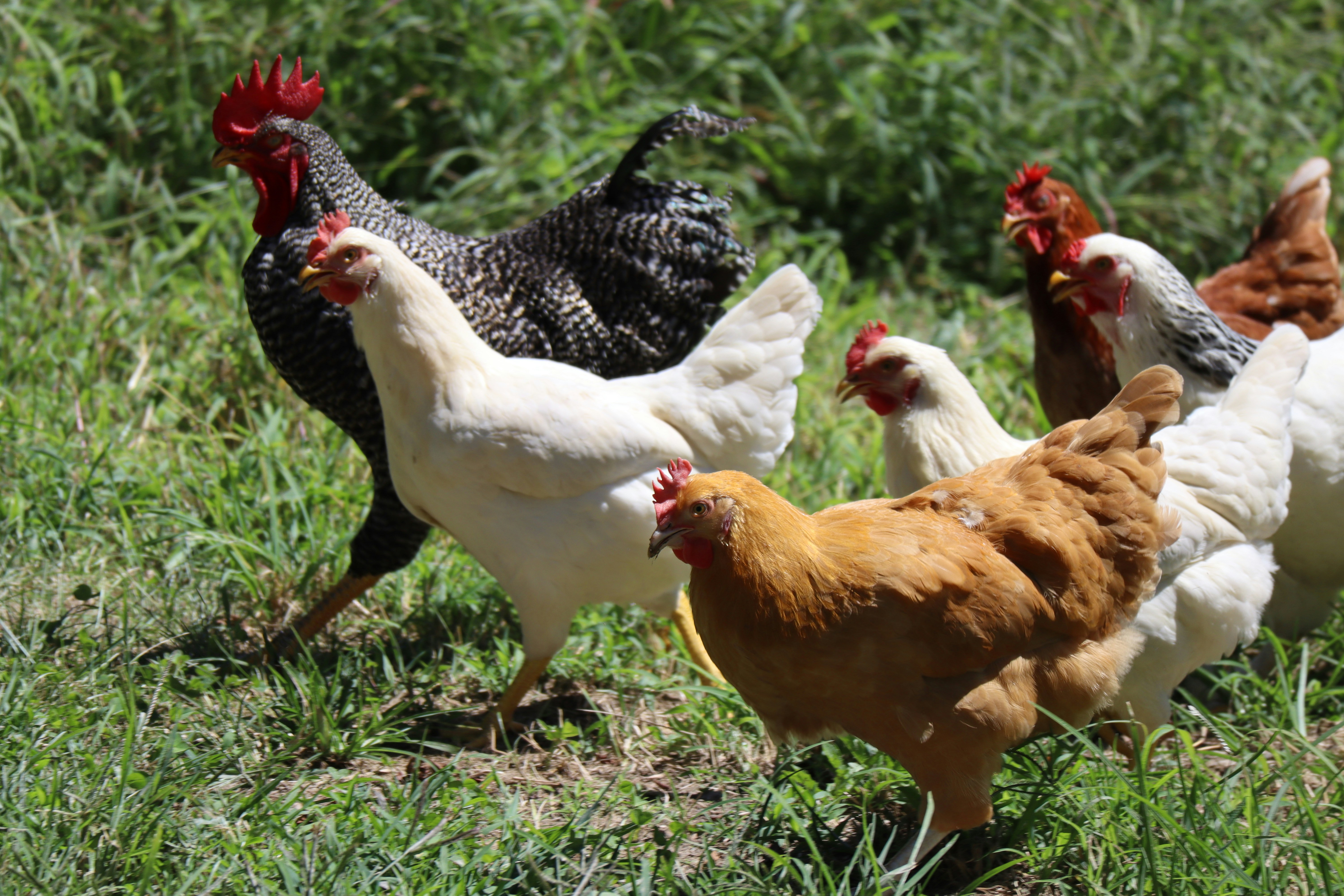
Subscribe to our newsletter
Lorem ipsum dolor sit amet, consectetur adipiscing elit. Suspendisse varius enim in eros elementum tristique.
